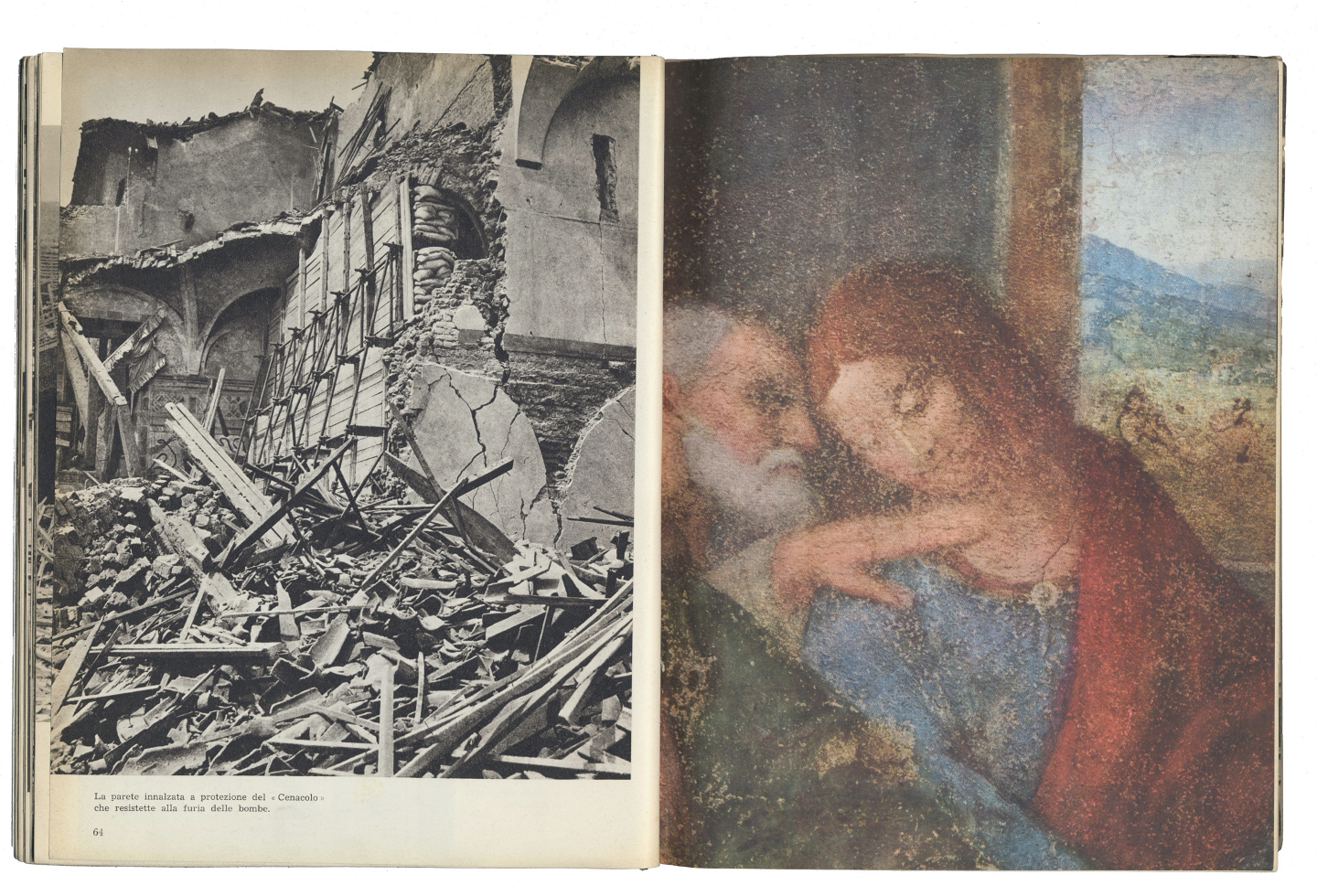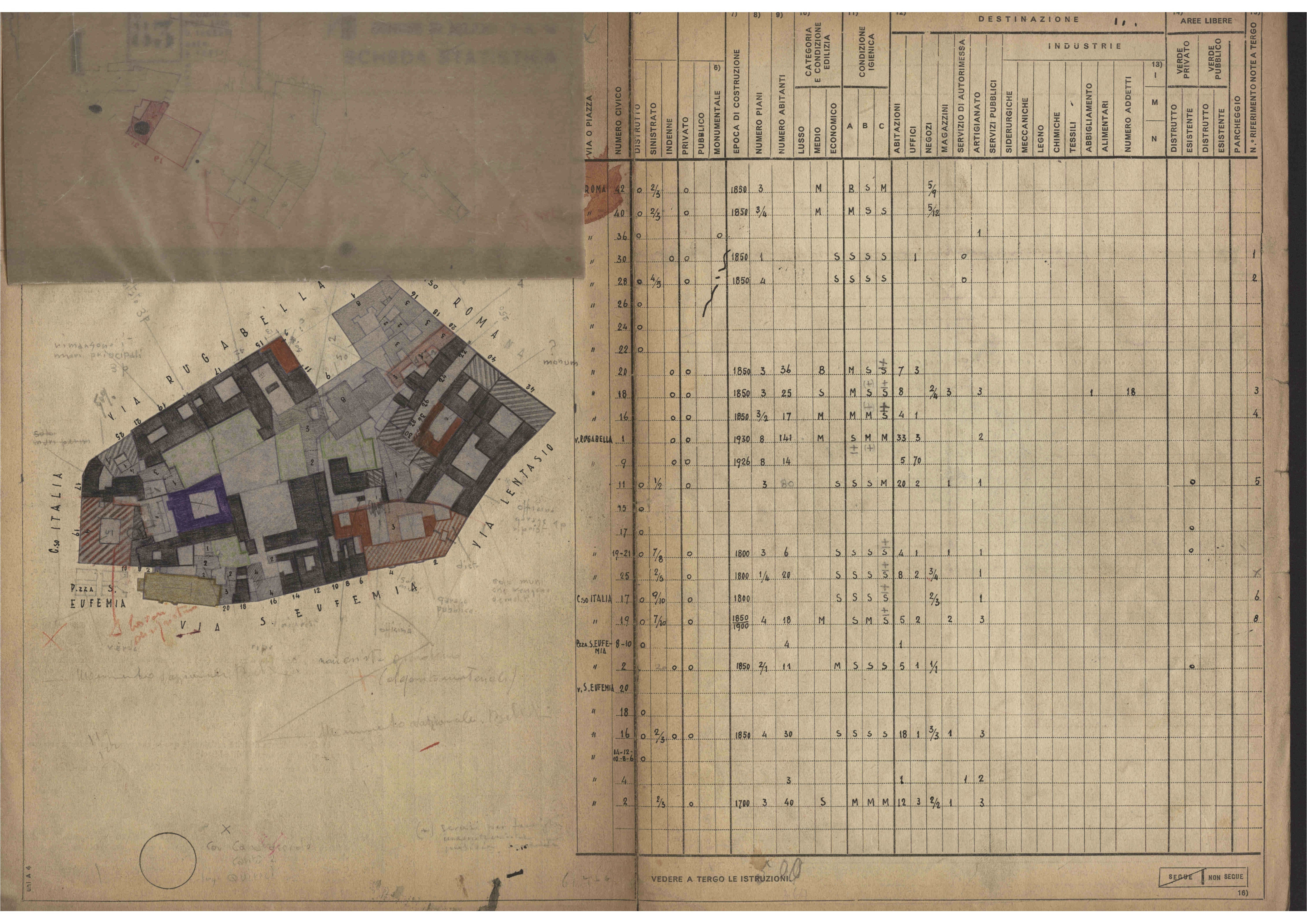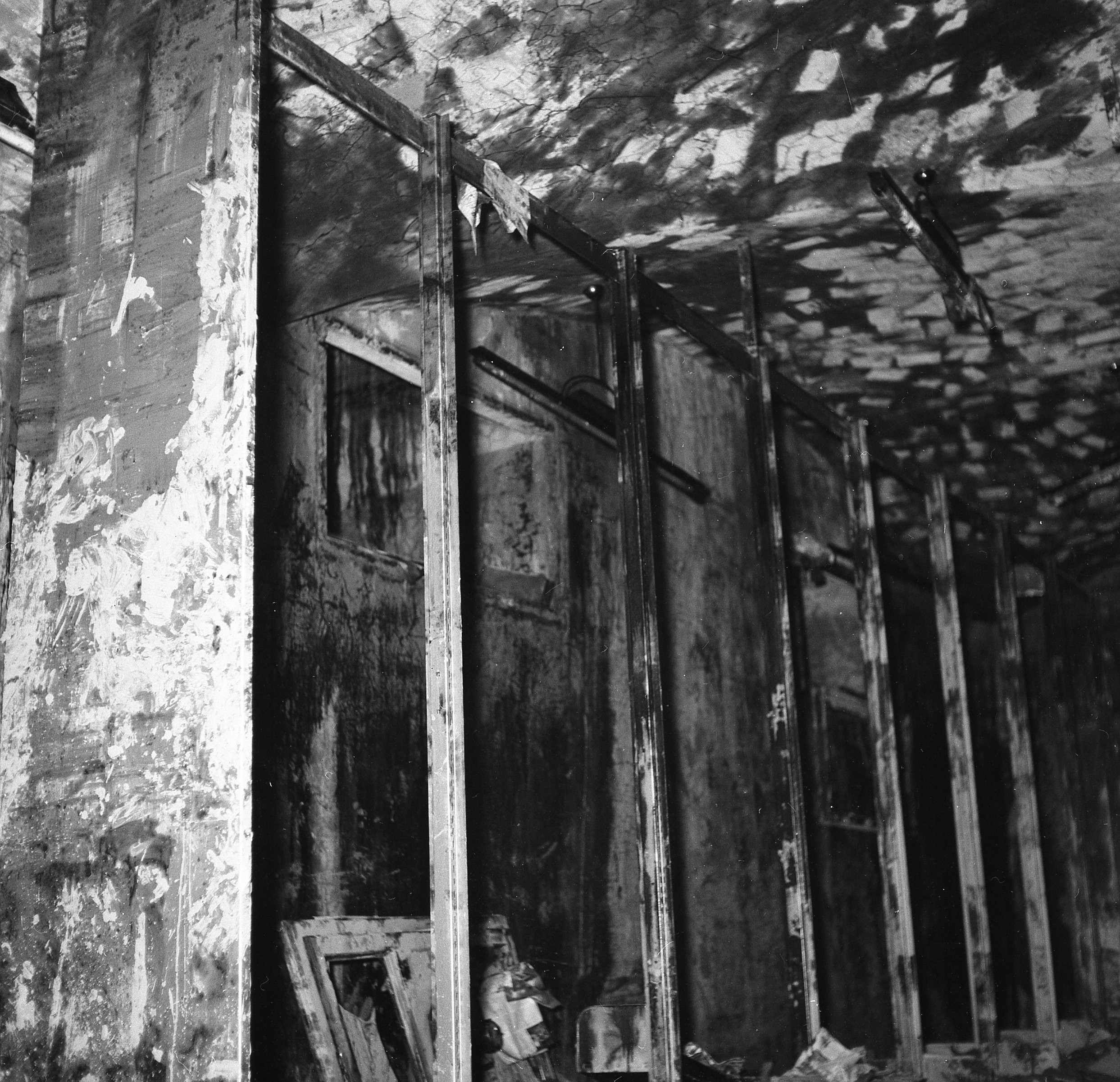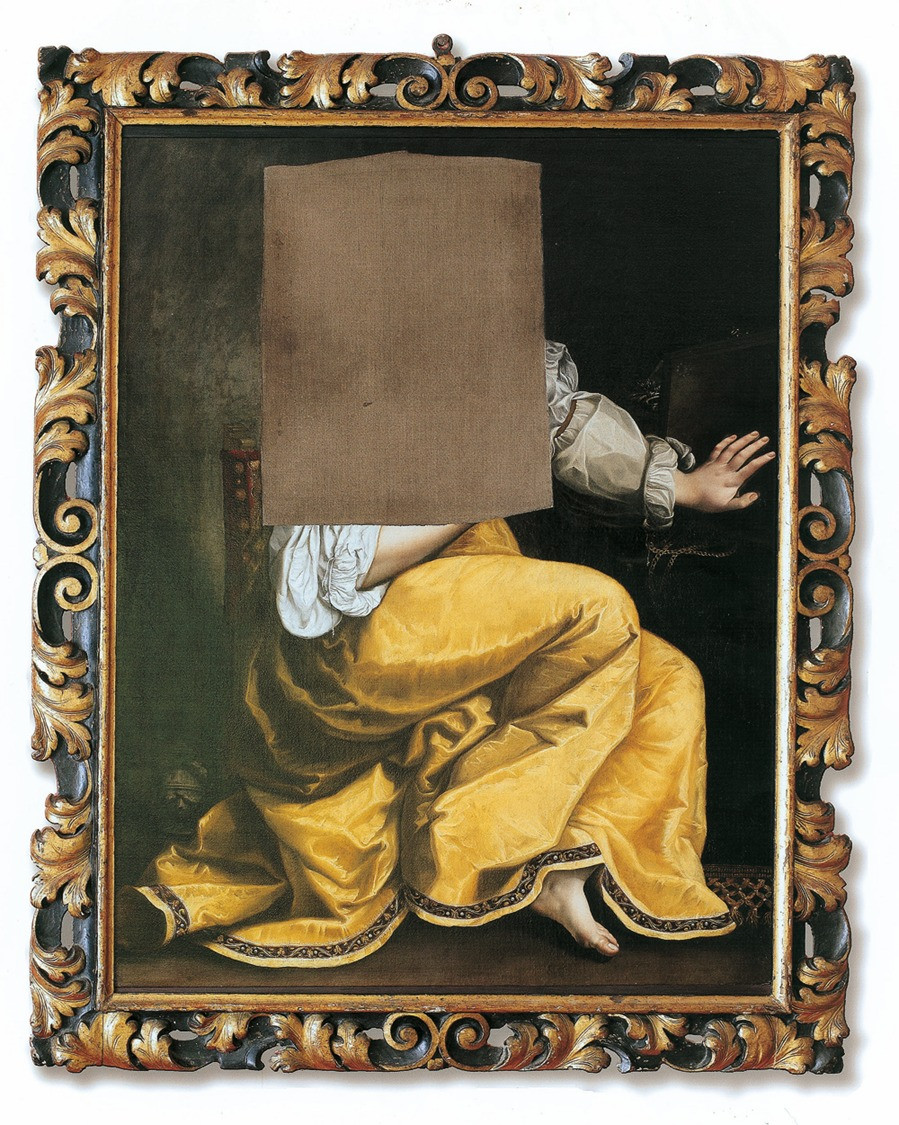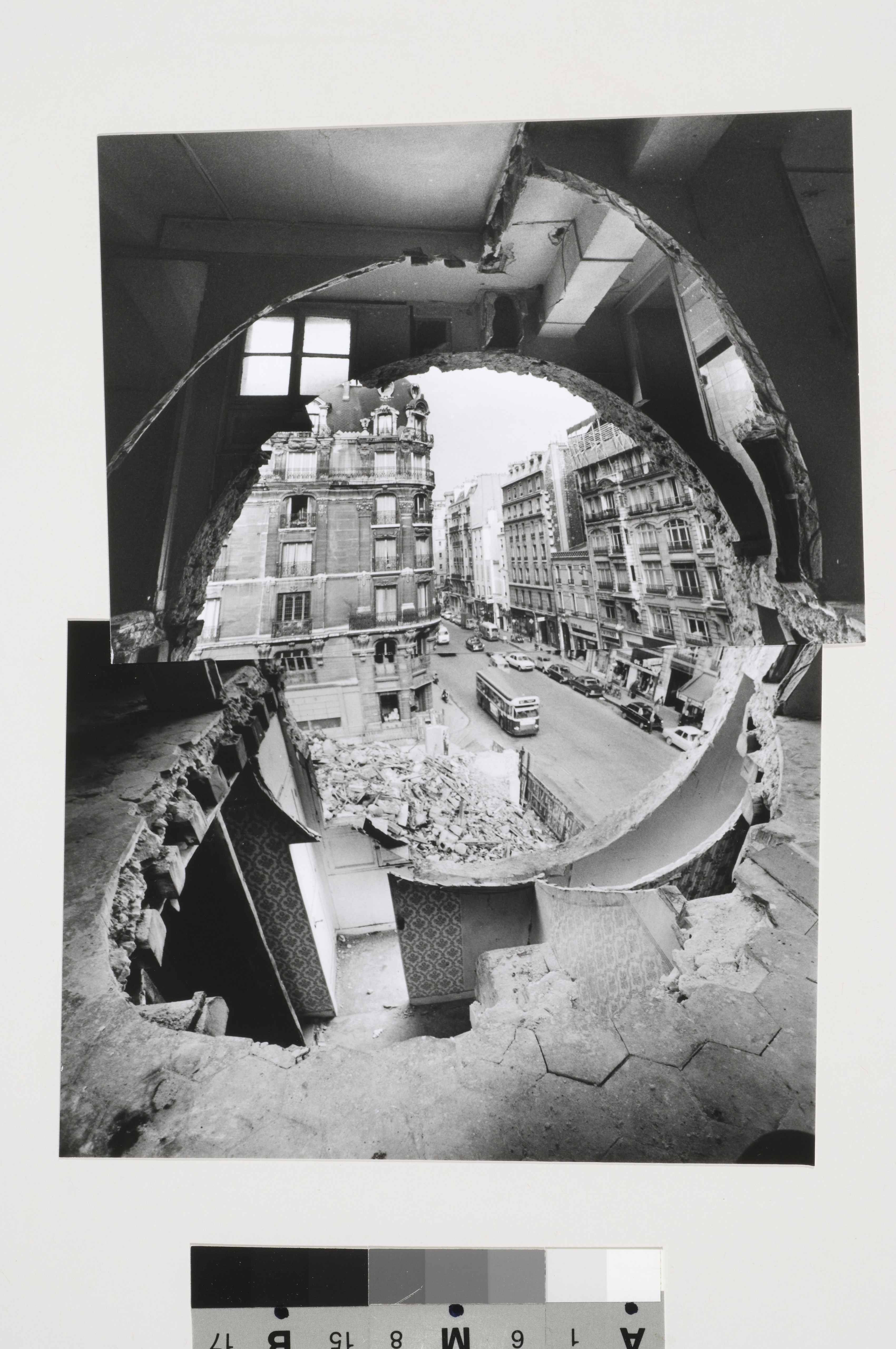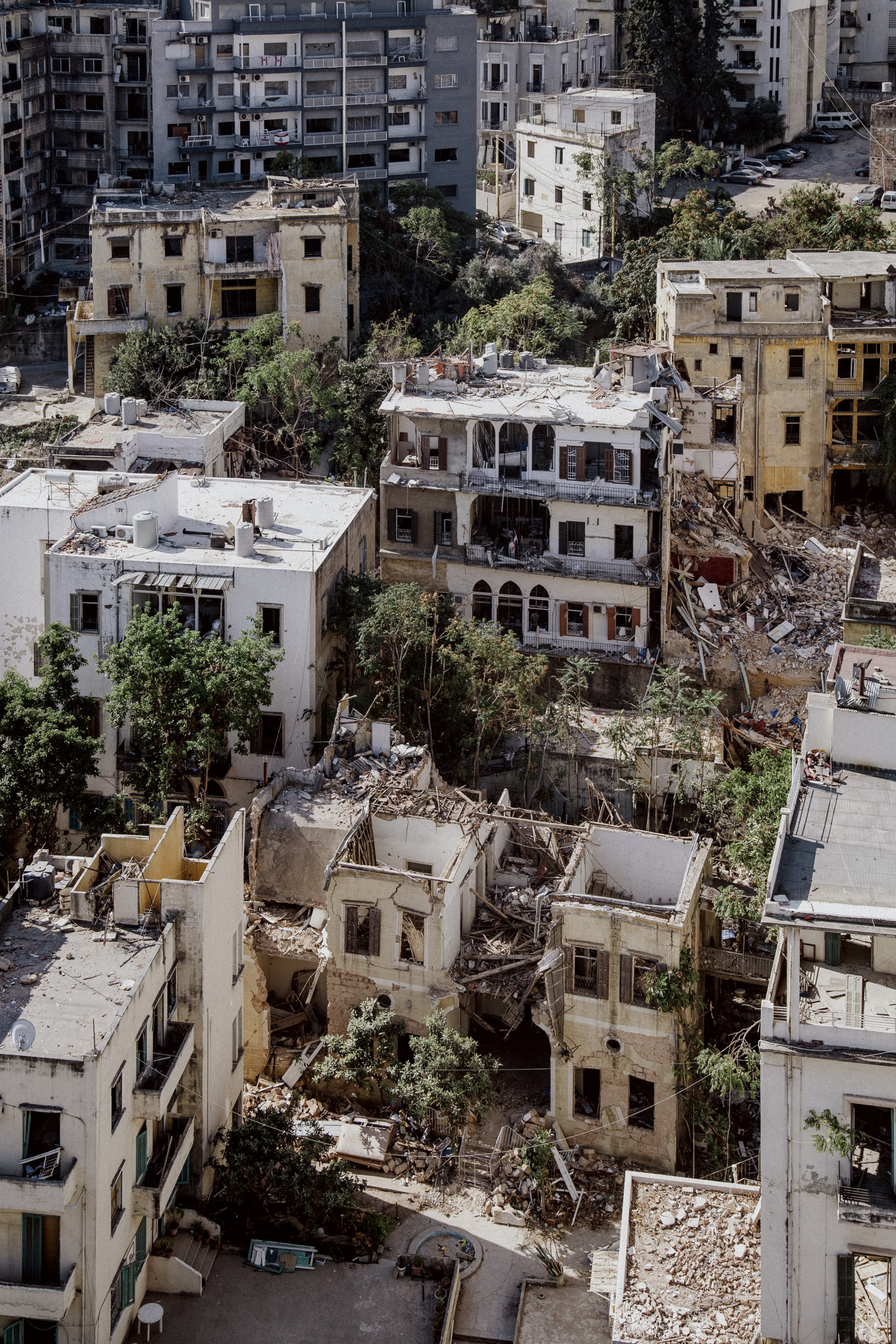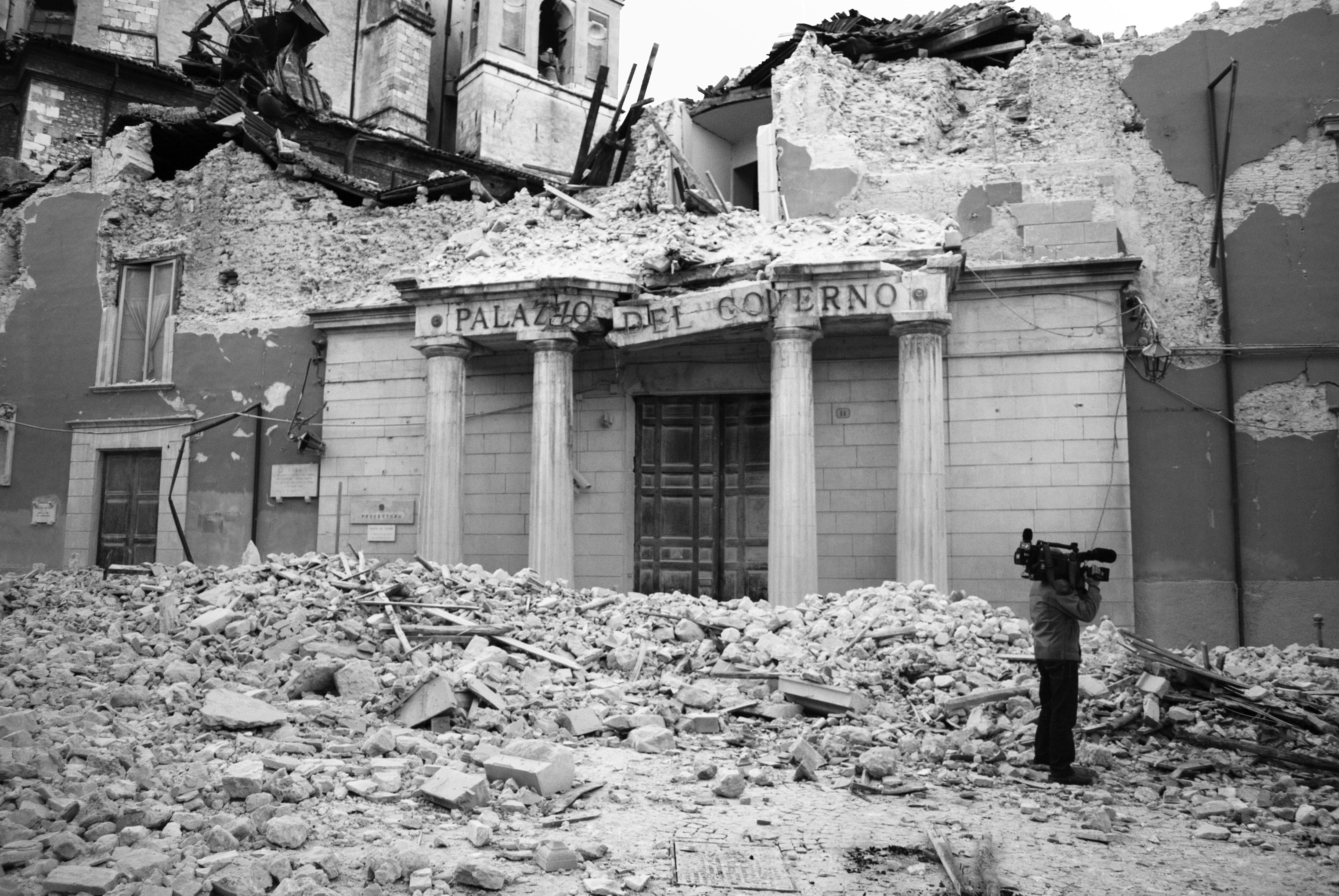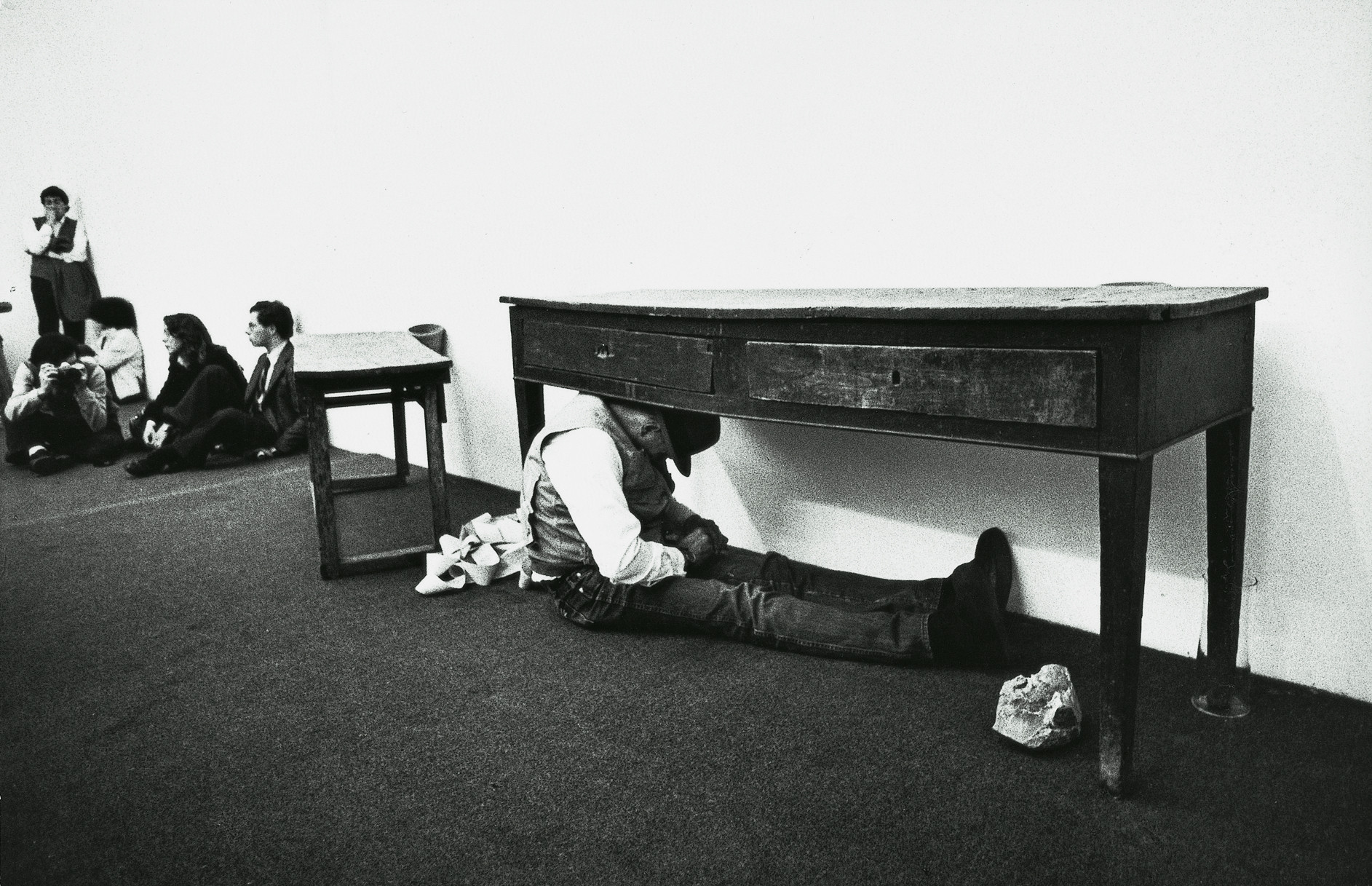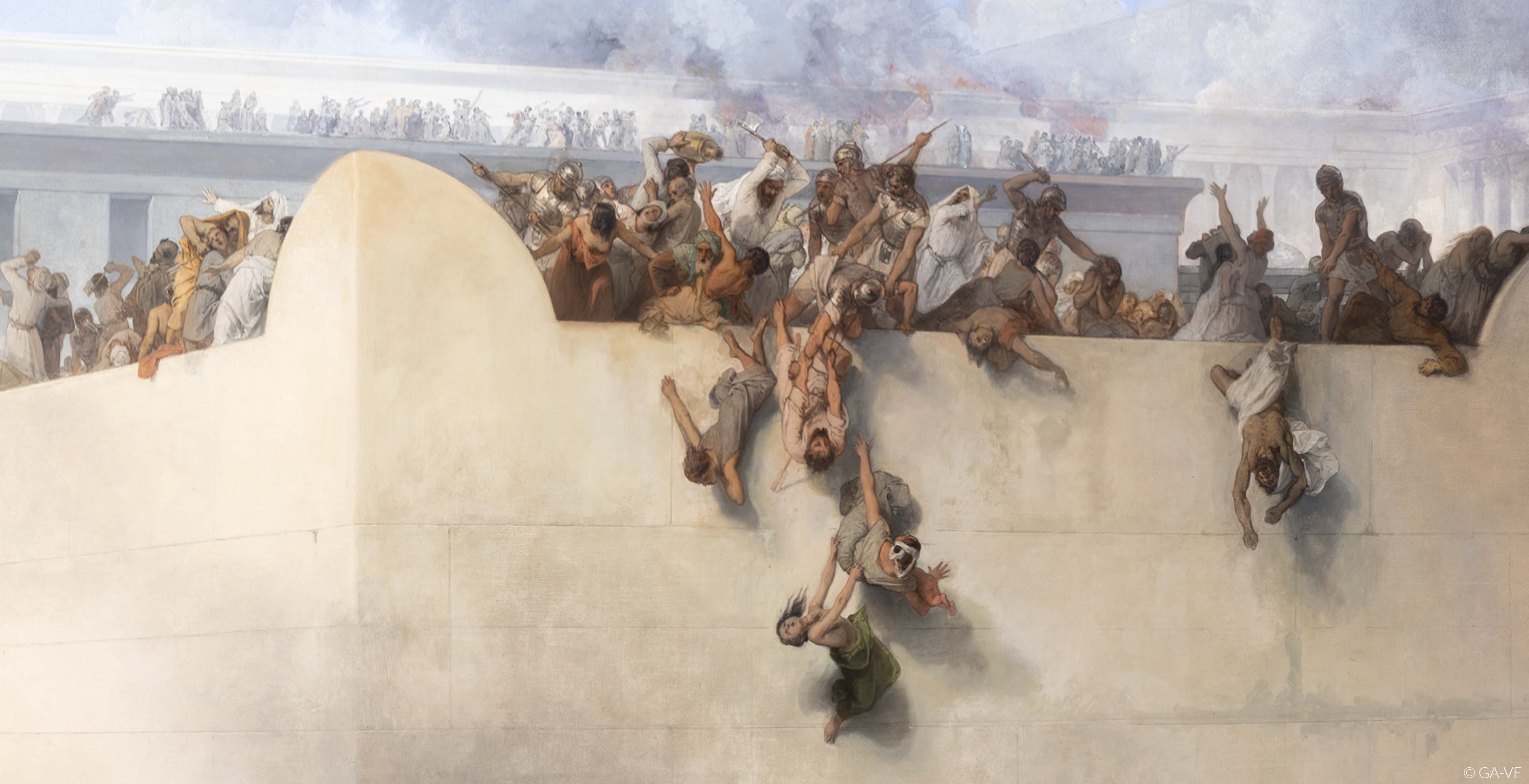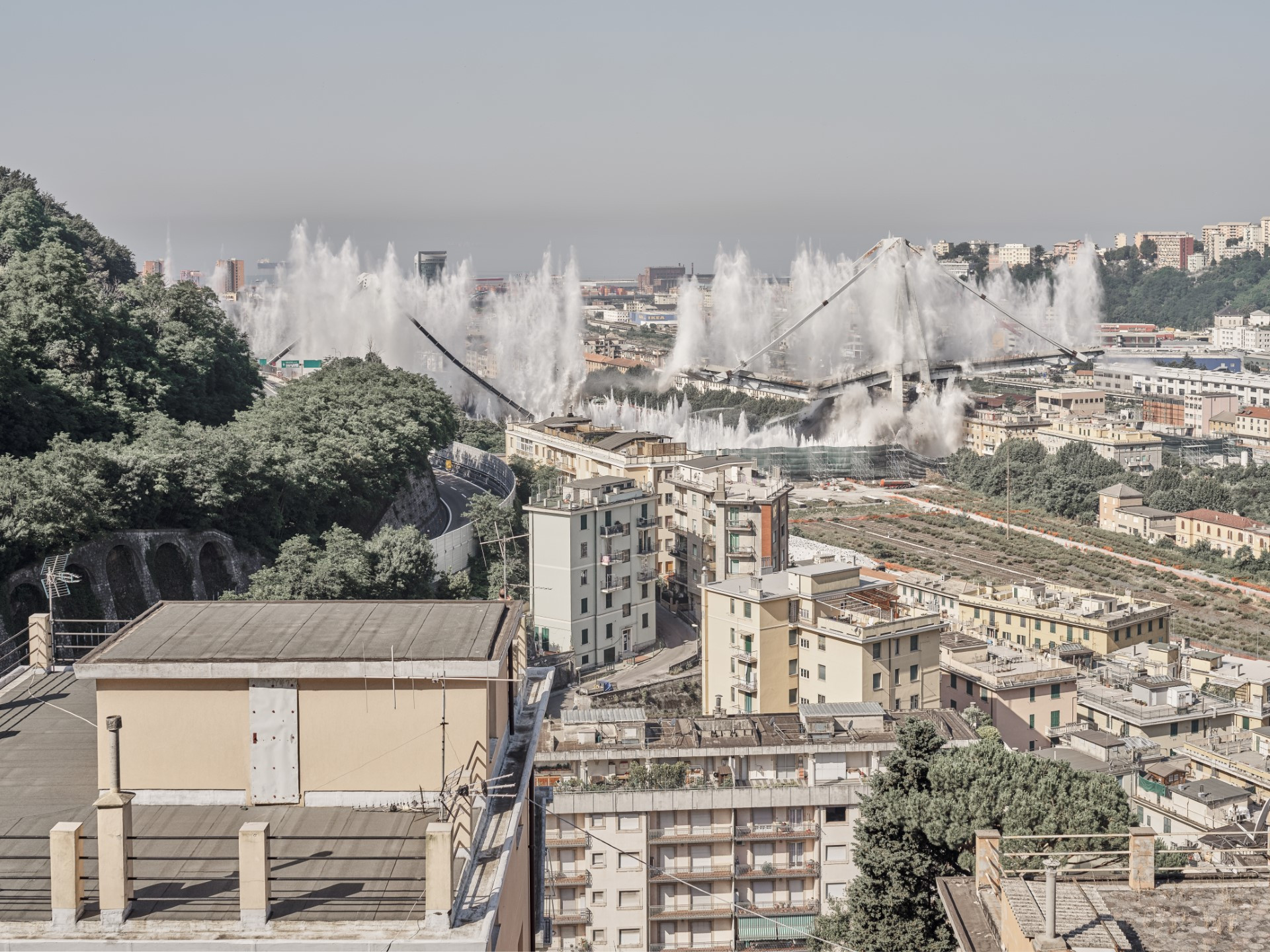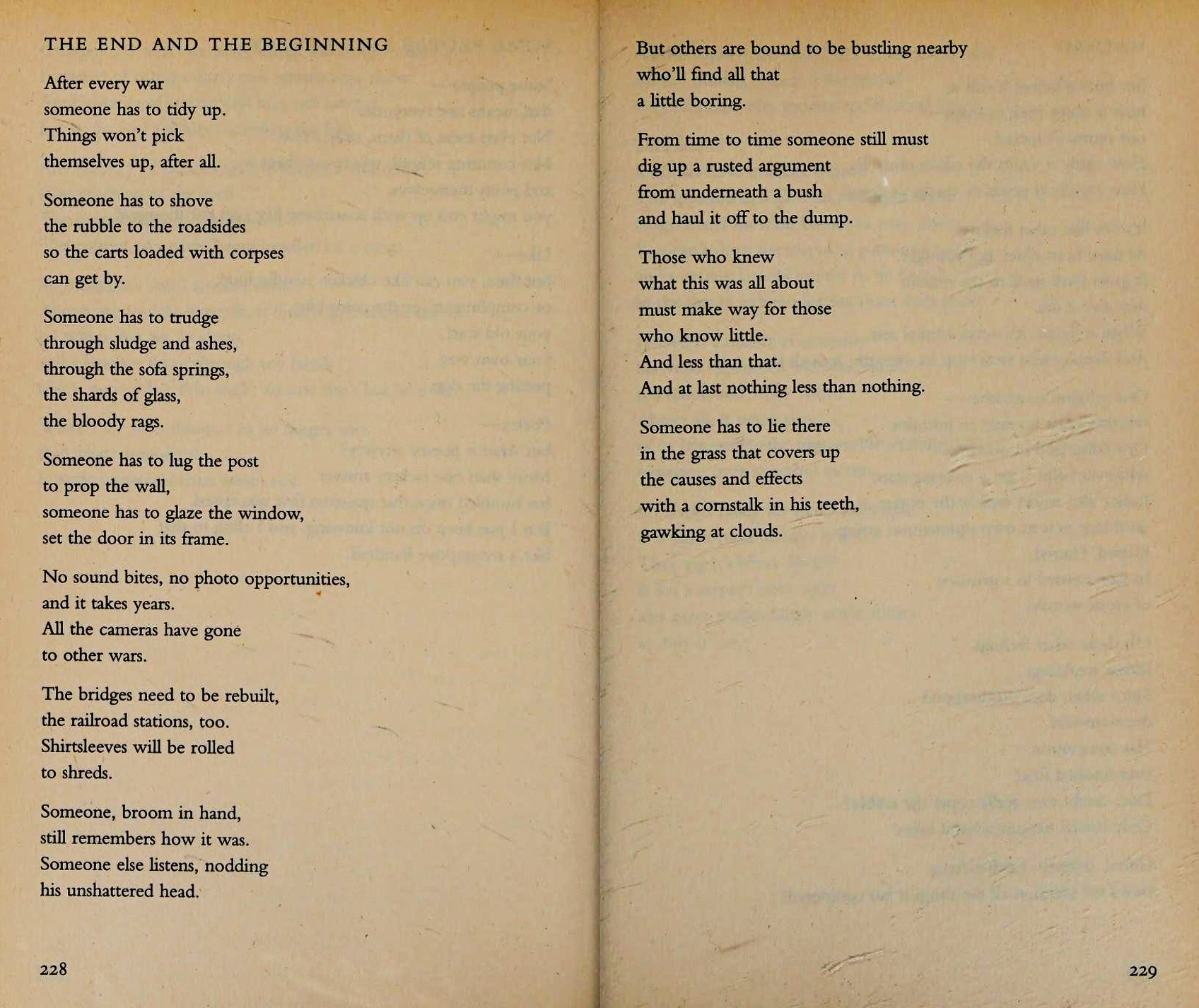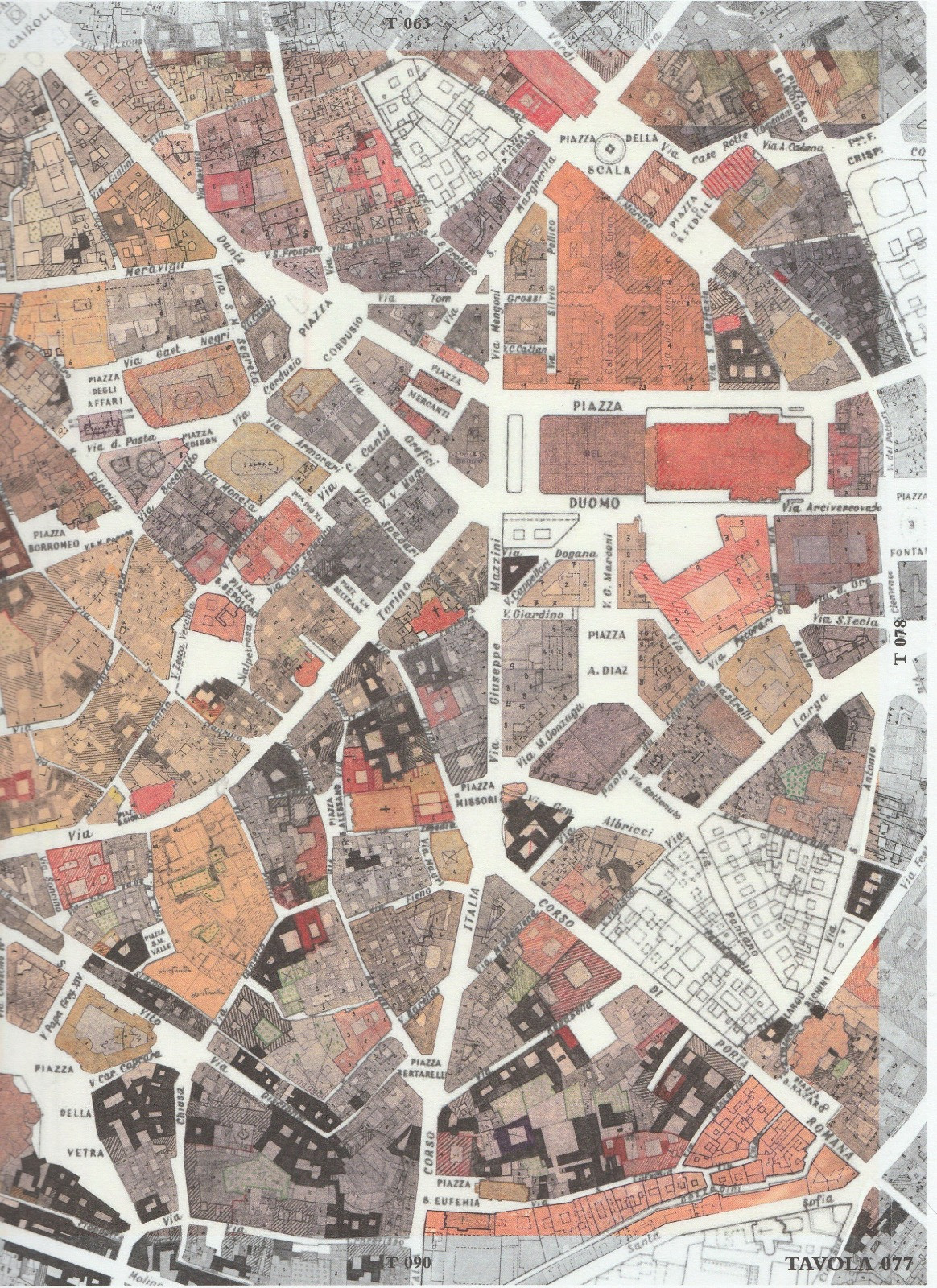
accidental
creative act
loss
ruin
voluntary
These traces give us a present hold on the past and the future, as unmoving, unmixed things do not. [...] Effervescent or glacial, everything changes. Life is growth and decline, transformation and elimination. We might learn to take pleasure in that to maintain our continuity.
Kevin Lynch. 1990. Wasting Away. San Francisco: Sierra Club Books, 201.
The protective wall of Leonardo Da Vinci's Last Supper erected during the bombing of World War II. In Ronza, Robi. 2002. Milan 1940-1955. Bombed and rebuilt. Milan: Comune di Milano, 64-65.
As in a continuous chain, each image in this new journal issue is figuratively linked to the following one, creating a dialogue and raising questions on the different facets of the destruction. Destruction and Construction stand for both the process and its result. However, if construction has a finality in the constructed form, destruction has no purpose and completes itself in the unfinished.
In this space and time between wholeness and fragmentation also lies the possibility of rediscovering the profound meaning of beauty or ‘the greatest pleasure’ of life as a fragment, paraphrasing the role of Thomas Bernard’s ‘Old Masters’. It is a beauty that resides in the narrative power of time, in the feeling of “the other”, in the curiosity of discovery, in the possibility of a horizon of meaning on which to be born again each time.
Snapshot of the loss (Milan, 1946), utopian city fragments (The New Babylon, 1969), imprints of book pages carried away by the flood (Florence, 1966), erased artistic memory (Artemisia Gentileschi painting, 1616-1618), chaos of formal beauty (Krasnojarsk, 2010), new perspectives for the contemporary city (Paris, 1975), unexpected wounds immediately sutured (Beirut, 2020). But also abandoned architecture as a symbol of lifeless power (L’Aquila, 2006), earthquakes theatricality (Naples, 1981), destruction that breeds monsters (Francesco Hayez painting, 1867), and exploding collapsed bridge (Genoa, 2019) are here the ‘images of thought’ (Denkbilder) of the same narrative.
Milan Urban Census 1946 (made after the bombing and in preparation for the 1953 PRG): city planning sheet no. 174 (Piazza Vetra, Via Chiusa, Via Pioppette, Corso di Porta Ticinese, Via Pio IV). ©Comune di Milano
Constant Nieuwenhuys, Symbolic representation of The New Babylon, 1969. Collage of street maps on paper, 120x133.2 cm. ©Kunstmuseum Den Haag
Flood of November 4, 1966 at the Gabinetto G.P. Vieusseux, Florence. Photograph by Donato Costanza. By courtesy of the Gabinetto Scientifico Letterario G.P. Vieusseux.
Artemisia Gentileschi, Magdalene (mutilated composition), c. 1615-18, oil on canvas, 146.5x110 cm, Private collection.
Marjan Teeuwen, Destroyed House Krasnoyarsk 1, 2010. In Teeuwen, Marjan. 2017. Destroyed House. Amsterdam: Valiz, 146-147.
Gordon Matta-Clark, Conical Intersect, 1975. The photomontage is composed of two photographs taped together on the recto, 17,1x14,5cm (photomontage). Credits: Canadian Centre for Architecture, Gift of Estate of Gordon Matta-Clark. ©Estate of Gordon Matta-Clark/SODRAC
Carl Gerges, Traditional houses in Mar Mikhael, destroyed by the 4 August blast, 2020. ©Carl Gerges Architects
Emiliano Dante, “6 Aprile 2006, prefettura, poco dopo l'alba”. In Dante, Emiliano, Laurenzi, Massimiliano, Nanni, Valentina. 2009. Terremoto zeronove. Diari da un sisma. Also in the documentaries “Into the blue”, 2010, and “Appennino”, 2017. ©Emiliano Dante
Joseph Beuys performing “Terremoto in Palazzo” (Earthquake in Palace) at the Modern Art Agency Naples, 1981. ©Collezione Archivio Amelio-Santamaria
Francesco Hayez, La destrucción del Templo de Jerusalén, 1867. Canvas, 183x282 cm. Venice, Accademia di Belle Arti, gift from the author, 1868. By permission of the Ministry of Culture.
Marco Menghi, Morandi Bridge (Genoa), demolition, 28-06-2019. ©Marco Menghi
Wisława Szymborska, 1998. Poems new and collected 1957-1997. San Diego: Harvest Book Harcourt, 228-229.
Jade Berger Adrien Marchand Hugo Steinmetz
Maria Grazia Turco
Giulia Bellato
Luigiemanuele Amabile Alberto Calderoni
